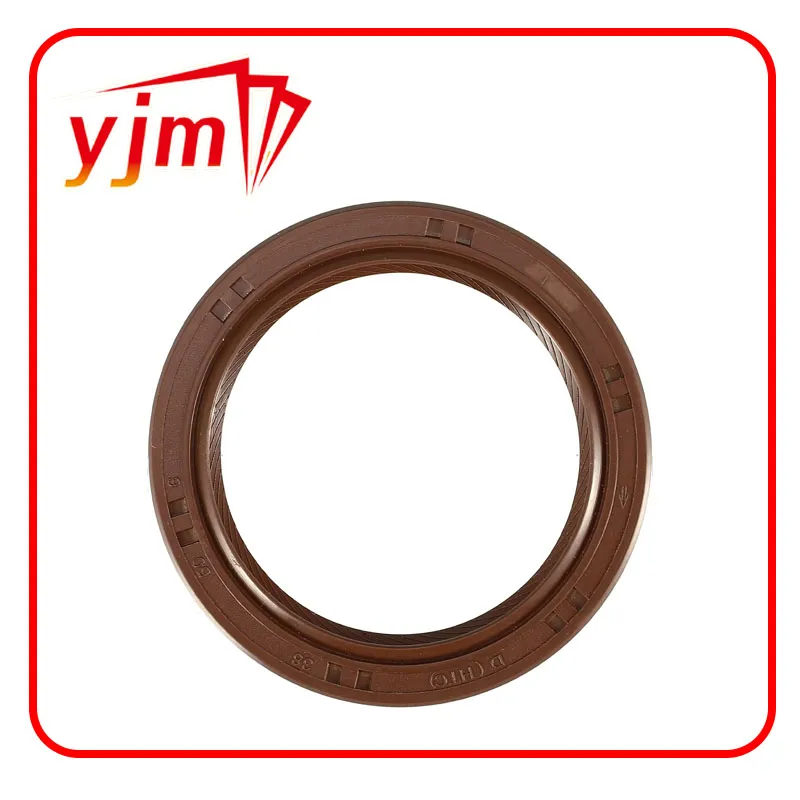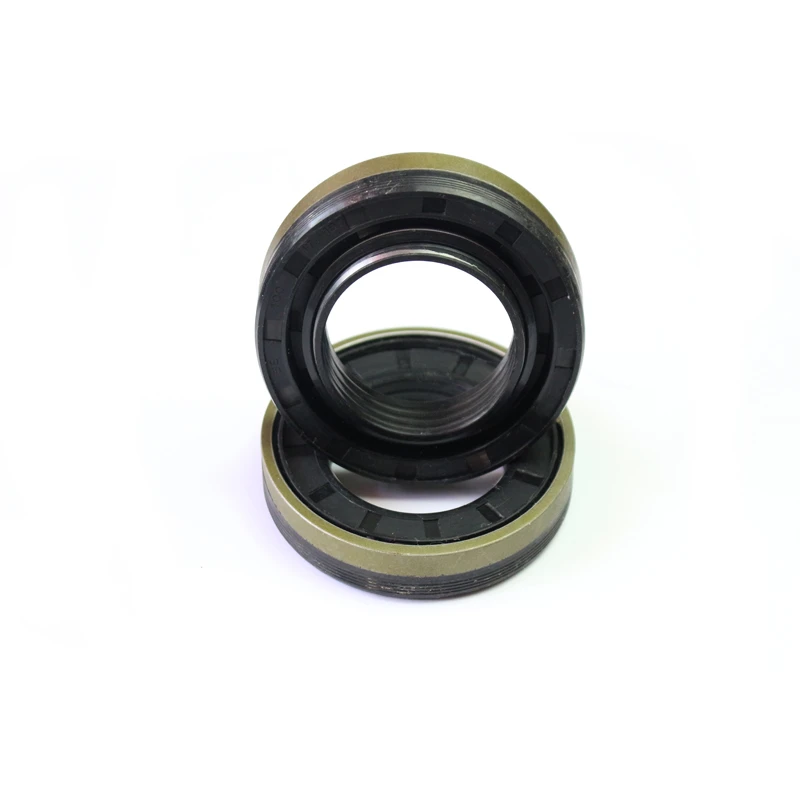front crankshaft seal


The authority in engine maintenance advises on the crucial aspect of cleanliness. Contaminants can impair the seal’s performance and cause additional issues. Utilizing a solvent to clean the surrounding area not only aids in achieving a tight seal but also helps in extending the seal's life. This level of meticulousness underscores a professional approach and trustworthiness in engine care. Another critical consideration is the method of seal removal. Utilizing improper techniques, such as prying with screwdrivers or other sharp instruments, can cause damage to the crankshaft or its housing. Experts recommend using an appropriate puller or extractor tool, designed to remove seals without inflicting damage on the surrounding components. Consideration of timing is also recommended. Replacing the front main seal in conjunction with other regular maintenance such as the timing belt or chain replacement can be a wise strategy. Since accessing the front seal often involves significant disassembly, such coordination can save time and money, minimizing repeated labor. Lastly, post-replacement is as important as the process itself. Monitoring for leaks and ensuring the seal is holding are indicative of successful installation. Professional mechanics often emphasize the importance of a test drive, followed by re-inspection to address any unforeseen issues promptly. By focusing on these elements—accurate product selection, proper tool use, rigorous inspection, and coordinated maintenance—a meticulous and successful front main seal replacement is attainable. Prioritizing these practices not only secures engine performance but also reinforces your vehicle’s reliability, enhancing its lifespan and trust in the maintenance performed.
-
The Ultimate Guide to Car Repair Kits: Tools and Essentials Every Driver Should Own
News Aug.01,2025
-
The Complete Guide to Oil Pan Gaskets: Sealing Engine Leaks the Right Way
News Aug.01,2025
-
Preventing Oil Leaks: A Complete Guide to Oil Pan Gaskets and Drain Seals
News Aug.01,2025
-
Everything You Need to Know About Oil Pan Gaskets and Drain Plug Seals
News Aug.01,2025
-
Essential for Car Owners: How to Use a Car Repair Kit to Deal with Minor Breakdown
News Aug.01,2025
-
Comprehensive Guide to Engine Oil Sump Gaskets and Related Seals
News Aug.01,2025
-
The Ultimate Guide to Boat Propeller Bearings and Trailer Wheel Bearings
News Jul.31,2025
Products categories















